Your Beans are Planted – Now What?
Beans are planted. What steps can you take today to make sure they thrive? Getting the crop in the ground checks items off my planning list: Soil fertility Genetics matched to my conditions Optimum row spacing and population Customized seed treatment Foliar protection plan Weather’s out of my control, cross fingers Now just sit back and wait for harvest, right? Well, not exactly. If you are familiar with Fred Below’s “Six Secrets of Soybean Success” you might be tempted to sit back and relax after your beans are in the ground. But there are plenty of actionable management items [...]
It’s a Big World, But We’re All Closer Than You Think
I have been volunteering for the past 14 years with an organization called Foods Resource Bank (FRB). FRB raises funds in the U.S.—usually through a church, organization or individuals forming a Growing Project, growing and selling a crop—and sends the funds to FRB. Then we use that money to help small holder farmers become food secure through programs organized by our 16 implementing partners all around the world. The week after Thanksgiving I traveled with FRB to Nicaragua to visit two ongoing programs that are funded by the organization to help farmers (<1 to 10 acres, generally) improve their [...]
Planning Soybean Harvest
Assessing soybean maturity and predicting harvest strategies for harvesting most acres at 13.5 to 14 percent moisture. Beans bouncing off the windshield are just one indication that you may be losing bushels by harvesting below the optimum moisture content of the grain. All throughout the challenging 2017 growing season, this year’s other CCA Soy Envoys and I have been suggesting ways to increase profitability of your soybean crop. Variety selection, early planting, weed management and control, disease management, insect pest management—these have been topics covered by the 2017 Soy Envoy blogs. As the growing season wraps up and harvest [...]
Growth Stages R4-R6: Protect Soybeans from Stress
As we head into pod fill, stress impacts pod survival, development and YIELD. August is the month that puts the finishing touches on the soybean crop. In soybeans the R4 to R6 growth stages are when the plant starts really accumulating dry matter in pods and seeds, producing the oil and protein that are the soybean plant’s ultimate cash product. Stress during the R4-R6 period can cause more reduction in yield potential than at any other growth stage. Stress can happen in the form of competition from weeds or pressure from insects, diseases and nematodes, or from environmental factors [...]
Layered Residual Herbicides Improve Pigweed Species Control
In the battle against Amaranthus spp. weeds, it is important to fight them early and often. Layering residual herbicides is a tool to aid in this battle. Pigweed relatives (Amaranthus spp.) like waterhemp and Palmer amaranth are soybean pests that call for new methods to keep them from taking over Illinois fields. CCA Soy Envoy Dawn Kielsmeier did a great job describing these weeds in her April post, “Weeds to Watch Out For.” Click here to read her post. These weeds’ resistance to commonly used POST herbicides, rapid growth rate and extraordinary seed production capabilities mean growers need to [...]
Bean Leaf Beetles: The pest that keeps on giving
Bean leaf beetles are usually the first insect pest to attack soybeans early and come around later for another bite as well. Bean leaf beetle is a pest that attacks the soybean throughout the growing season. It is important to learn to identify it early, and keep watching for its effects as the crop develops. As soon as planting winds down and soybeans begin germinating and emerging, soybean pests begin their assault. One of the most visible early pests of soybean is the bean leaf beetle (BLB). The adult BLB is about ¼ inch long and its coloration can [...]
Six Tips for Early Planting Soybeans
Early soybean planting has been identified as a profit-enhancing management practice. See Soy Envoy Chad Kalaher’s blog this month for details on the economics of early planted soybeans. Here are six management practices to help make this practice successful for Illinois soybean growers. Maintaining consistent planting depth is key to early planting success. Soil conditions must be optimal. This seems pretty simple, but I see growers press this issue every spring. Planting into soil that is too wet or too dry can haunt you all season long. Make sure to plant into moisture, but don’t mud beans in, especially [...]

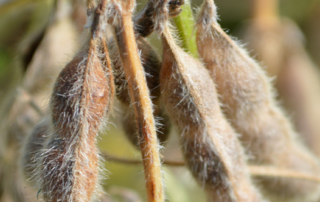
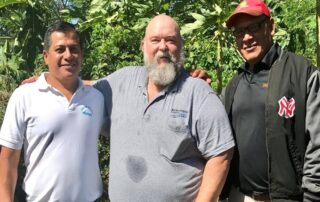
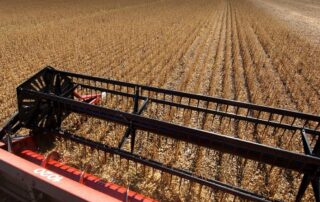
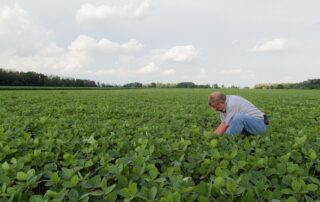
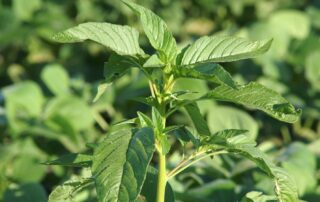
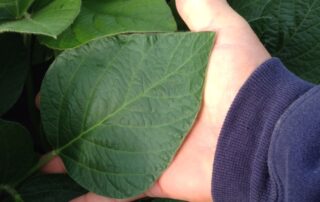
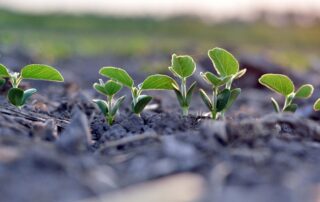

 and then
and then